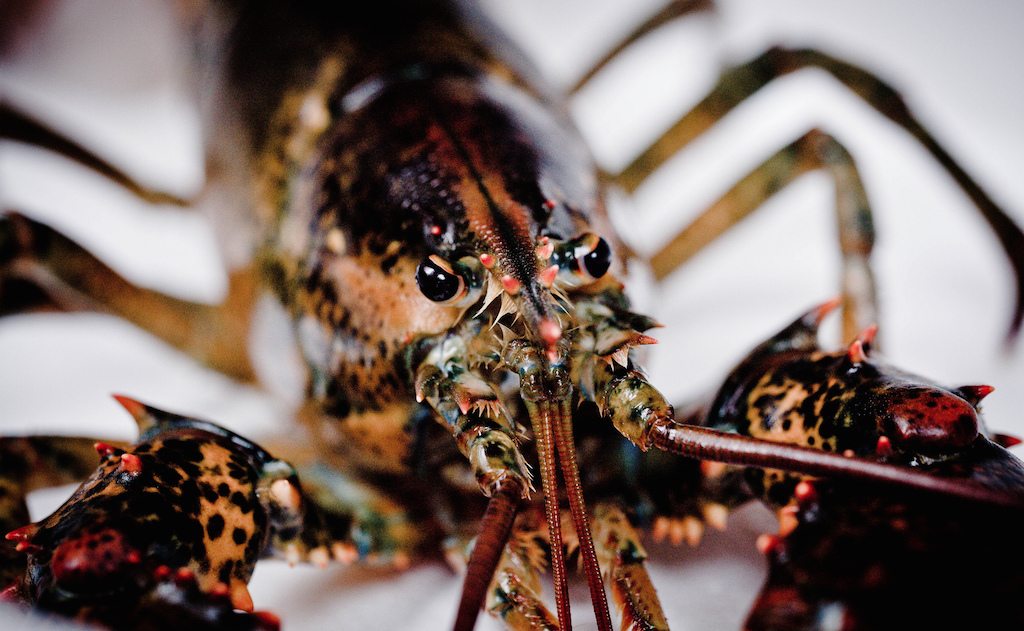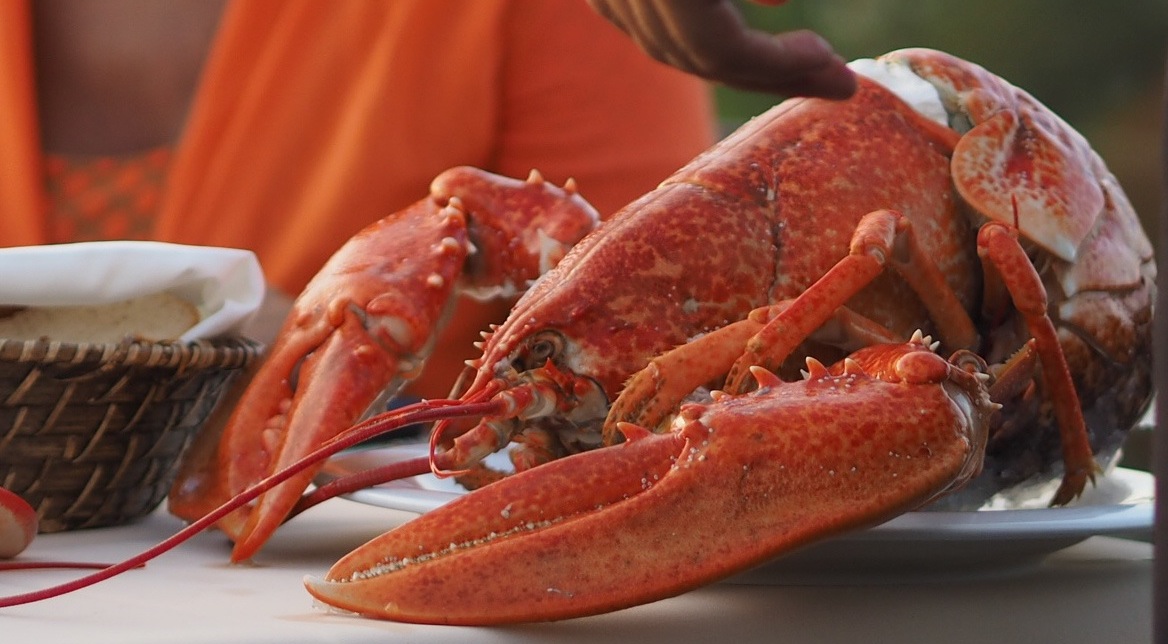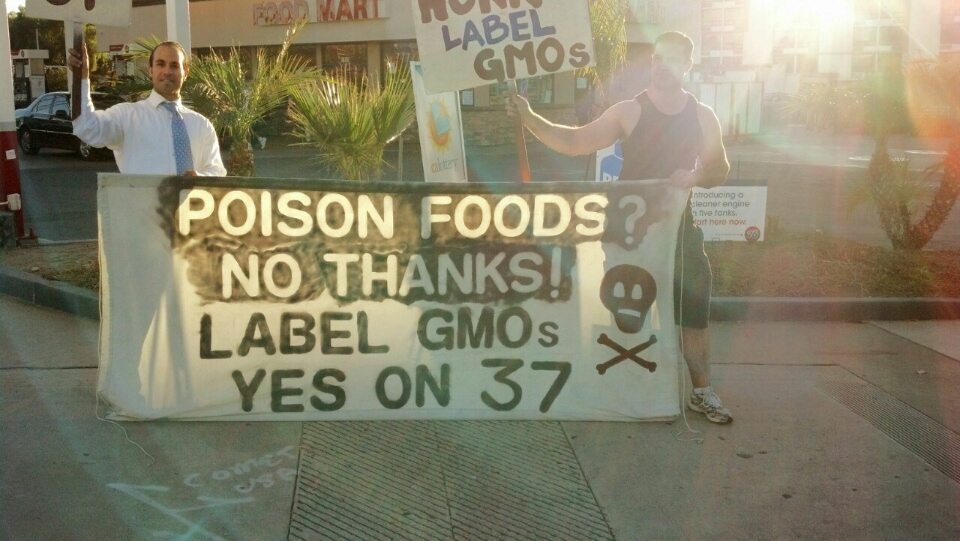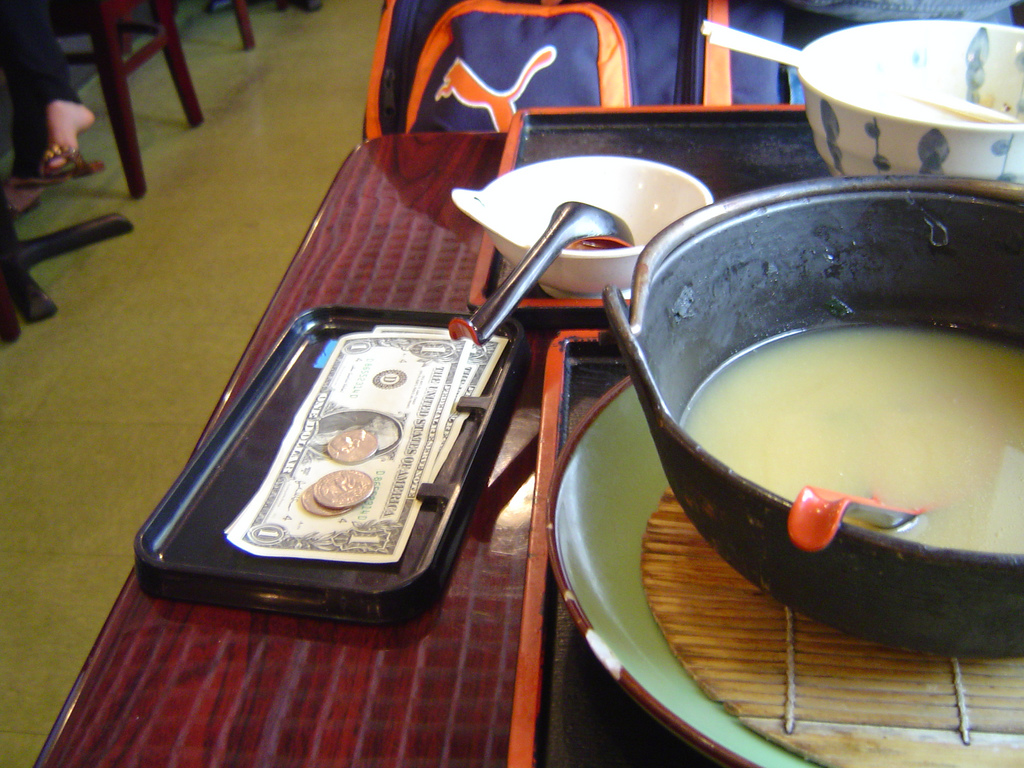Late summer in Maine means peak lobster season: shacks speckle the coastline, tourists flock to the annual lobster festival, and well over 5,000 lobstermen rush to trap as many crustaceans as they can before the September chill.
But in early July, there were rumblings of a shortage. Not a shortage of lobsters—they actually showed up early this year—but of herring, the bait fish that have been a favorite of Maine lobstermen for decades. (They’re cheap; lobsters like them.) The vessels that catch herring in federal waters kept coming up short, so fishermen moved further inland, into waters governed by the state of Maine. The regions closer to shore are subject to limitations on how much herring can be fished, and it quickly became apparent that fishermen would max out their herring quotas long before demand peaked in August.
Herring, the bait fish of choice among Maine lobstermen, is in short supply this year
It’s not like there are no herring in all of Maine. But there are a lot less than usual. And, as lobster biologist and current director of Maine’s Bureau of Marine Science Carl Wilson explains, the bait supply chain is varied and a shortage like this affects lobstermen unevenly. Most of them buy bait and fuel from the dealers who will eventually purchase their lobsters, so access to bait fish varies depending on individual dealers’ relationships with bait fishermen. So, while there are some bait fish available, supply is limited and prices are up.
Which leaves the question: How to catch a lobster without any bait?
Wilson estimates that even in a year like this, at least two thirds of lobstermen are still using herring, albeit at a higher price point. Some are supplementing fresh herring with menhaden, which is a little more abundant than usual, and some are using frozen bait fish from elsewhere. That comes with its own disadvantages.
The lobster bait shortage in Maine has been particularly visible this year, but it’s connected to a much wider trend: stocks of forage fish (fish that are preyed on by larger predators for food) all over the world are under increasing levels of stress. Small fish like herring and menhaden are harvested to make everything from Omega 3 supplements to fish meal fertilizer, a popular source of nitrogen used in organic farming. At the same time, prey fish are a vital part of the aquatic food chain, a major nutrient source for birds and bigger fish.
But one fisherman’s bait shortage is an entrepreneur’s golden opportunity. Synthetic and alternative baits, an afterthought in a boom year, are having their moment in the spotlight.
In the past, these alternatives have included everything from pig fat to offal. This year, two very different alternatives are vying to fill in for herring—and they’re both working against a history of tarnished reputations.
Maine lobstermen are scrambling to find alternative bait for their traps
About ten or fifteen years ago, lobstermen started using cowhide to bait their traps. Details on how it caught on are shaky: no one likes to divulge a trade secret, especially if it means giving up a competitive advantage. At the time, the use of hides as bait use was largely unregulated. In a public hearing on a regulatory bill in 2006, detractors alleged that alternative bait was just “sweepings from the slaughterhouse floor.”
 Flickr/Danjo Paluska
Flickr/Danjo Paluska Cowhide lasts longer than bait fish in a lobster trap
Cowhide was available from local slaughterhouses and tanneries and had some significant advantages. It lasts longer than herring (it’s sturdy and not susceptible to the sea fleas that sometimes beat lobsters to their prey), and the supply chain is steadier, less vulnerable to shifting tides. It can be used alone or as a supplement to herring, and its relative priciness is mitigated by its long shelf life. “On a usage basis, it’s less expensive because it lasts longer,” says Chuck Baker, co-founder of Bessy Bait, a cowhide bait maker in Seabrook, New Hampshire.
But as hide increased in popularity, a significant PR problem emerged. “It was literally cowhide. It was safe, it was coming from a slaughterhouse and they would treat it however they would treat it, but the hair remained on the hide, so when the lobsters would go and nibble on the hide, they would ingest some of the hair,” says Wilson.
A lobster with a hair-clogged digestive tract is not a pretty mental image, and no one wanted the reputation of Maine lobsters to don a digestive toupee. The state legislature banned hairy bait in 2006 and introduced a new set of regulations concerning the use of animal hide. The 2016 version of the Department of Marine Resources rule book requires that alternative baits be pre-approved and that all baits be labeled with an ingredient list that includes the chemicals used to strip the hair from the hide.
Now, cowhide is making a comeback. Baker told me he’s had to turn away customers this year. His regulation-compliant hide is stripped and salted, though he wasn’t willing to share any more trade secrets about the tanning process. The sole photo on the company’s website shows soggy-looking white strips, akin to what you’d imagine a dog’s rawhide chew looks like before it dries (or after the dog has given it a thorough sliming). Which is exactly what it is.
 Bessy Bait
Bessy Bait Bessy Bait’s cowhide-based lobster bait
“People are always trying to come up with a synthetic bait,” Wilson says, though the steady stream of synthetics over the past few decades have mostly proved to be … ahem … red herrings. Just as the image of a lobster coughing up a hairball doesn’t exactly make you want to stop at a seafood shack, the idea of plastics or chemicals in a lobster’s digestive tract is not an appetizing one. To wit, the Maine legislature has also banned baits containing ingredients not derived from the marine environment.
Enter OrganoBait. It’s an artificial bait that looks like a hockey puck—or, as research scientist Anthony Dellinger describes it, an Otis Spunkmeyer muffin. The National Science Foundation-funded synthetic has been in development by researchers at the University of North Carolina-Greensboro and is currently in a testing phase. Its parent company, Kepley Biosystems, is in the process of raising funds for the patent and commercialization process, but the researchers say it’s performed as well as its fresh fish counterparts in controlled trials.
The researchers developed OrganoBait by analyzing the molecules coming off of bait fish carcasses. They wanted to replicate the smell that attracts lobsters in their natural environment.
“Once we identified all the various molecules that were coming off the forage fish and were able to isolate the ones that we found were the most receptive to them in terms of attractant, it meant we would just have to find supply chains for these molecules,” Dellinger explains.

OrganoBait is, ironically, completely vegan
After they synthesize the equivalent of crack for lobsters, they add it to a calcium matrix—that’s where the hockey puck shape and look come from. “It’s like baking bread,” says Terry Brady, a co-developer of the product at Kepley Biosystems, except it’s really more like adding an intense shot of yeasty aroma to a hunk of bread-shaped styrofoam.
Here’s the thing about OrganoBait: if it works and they’re able to sell it at cost—which Dellinger thinks they can do easily—it can actually be used to catch a wide variety of crustaceans. Kepley Biosystems has tested it on stone crabs in Florida, American lobsters in Maine, and blue crabs in Virginia. “They all have the same hard-wired olfactory stimulants due to the nature of the food chain,” Brady explains.
 Flickr/Patrick Neckman
Flickr/Patrick Neckman The potential could be huge. Kepley researchers estimate 40 billion bait fish are eliminated from the food chain every year, and the cost of bait to the lobster industry alone hovers around $20 billion. Then there’s that other problem–bait fish stocks are more stressed than ever. “Bait fish are used to make fishmeal for aquaculture, chicken and pig feed, and Omega-3 supplements,” says Brady. That’s troubling on a more systemic level, however, because when bait fish are overfished, other species lose their supper. Brady mentions instances of starving whales off the West Coast and seal pups suffering from malnutrition because their mother’s milk lacked vital nutrients. “When you add it up,” he says, “you begin to realize that forage fish are the only battery of species that are 100% targeted by both man and animal.”
The herring shortage in Maine this year highlights a supply chain weakness that would have a significant impact on any fishery in a lean year: as bait gets more expensive and less plentiful, what are fishermen to do? Neither Bessy Bait nor OrganoBait are ready to replace herring entirely—this year’s uptick in demand was enough to overwhelm Bessy Bait to the point of turning customers away, and OrganoBait isn’t yet available on the mass market. But they both offer promising alternatives. Cowhide is a natural byproduct of the beef processing industry, and Dellinger expects that when produced at scale, OrganoBait will yield profit margins similar to those of the pharmaceutical industry. Ultimately, though, it’ll be up to the lobsters to decide.













